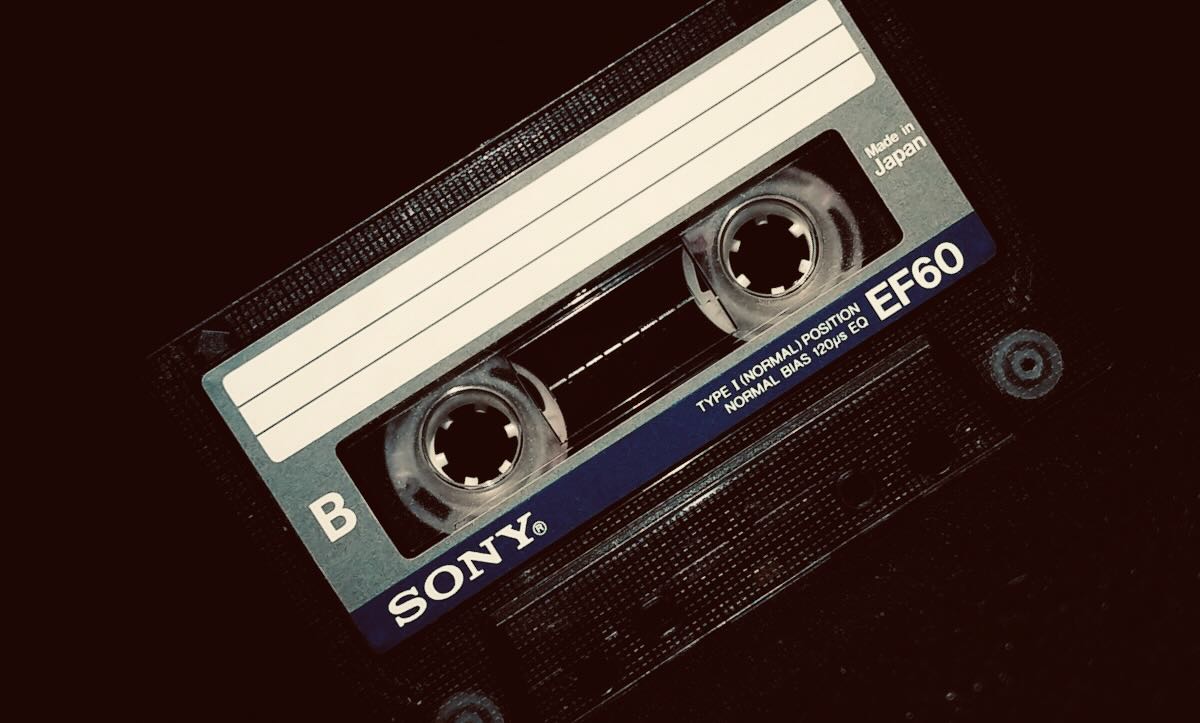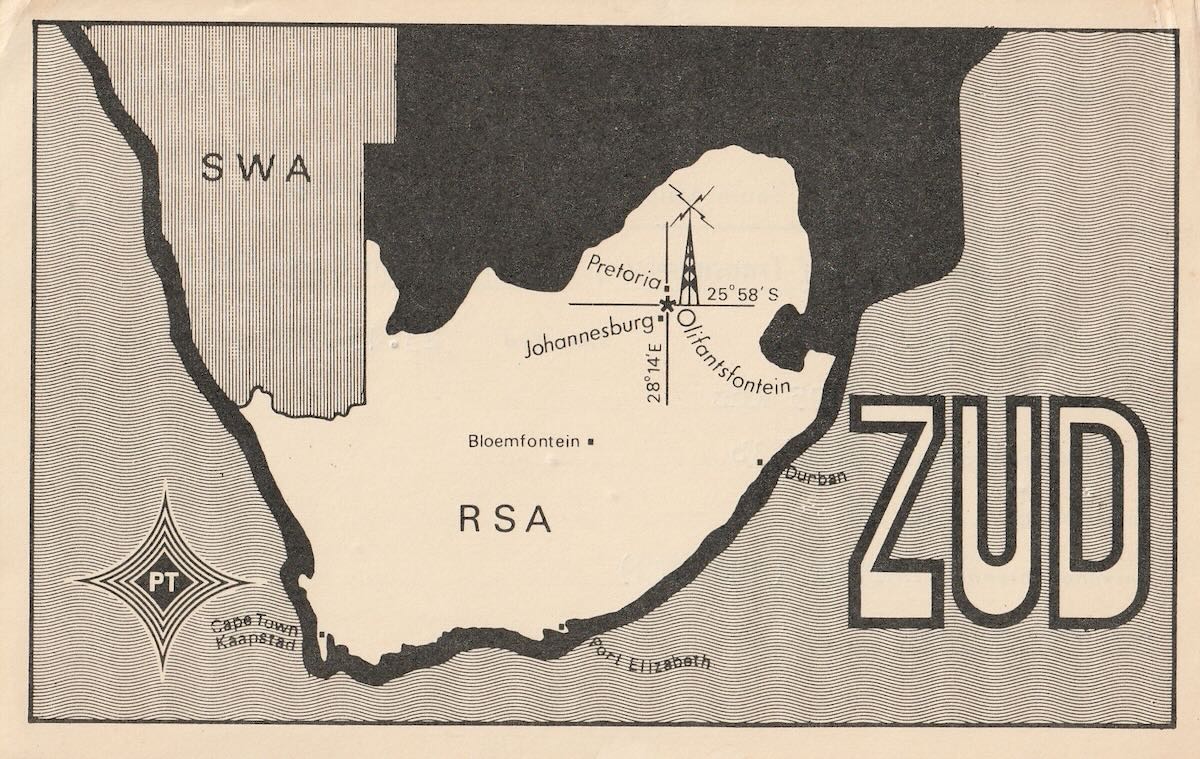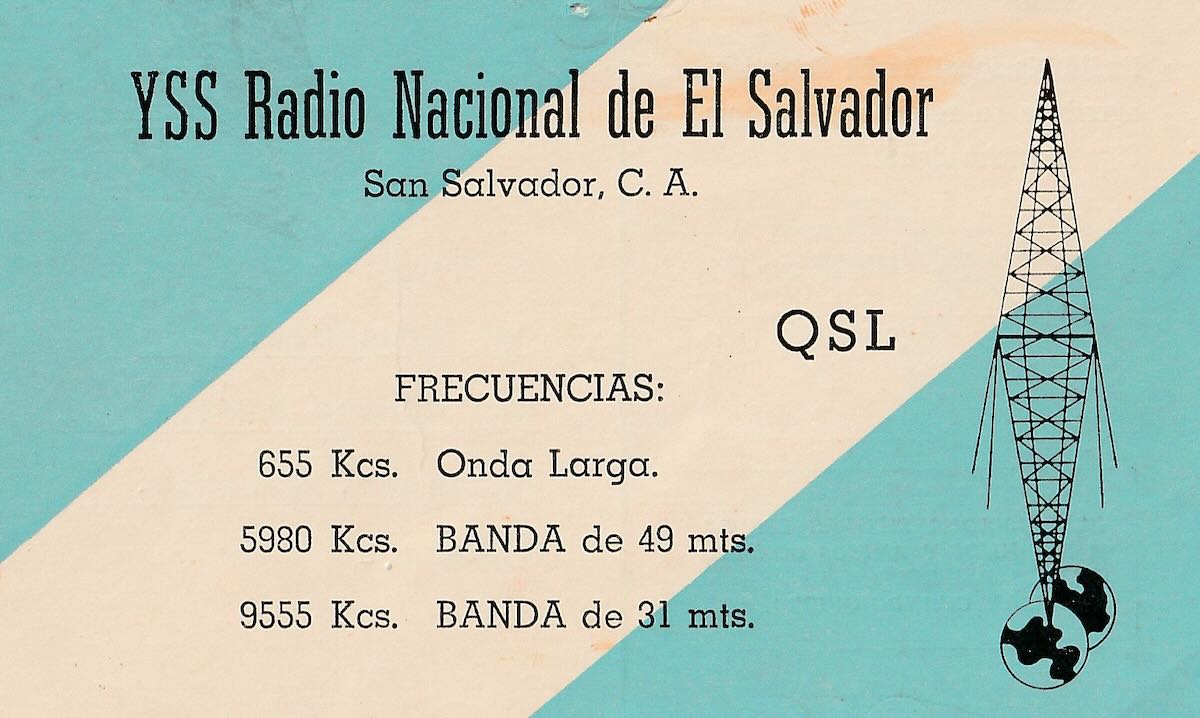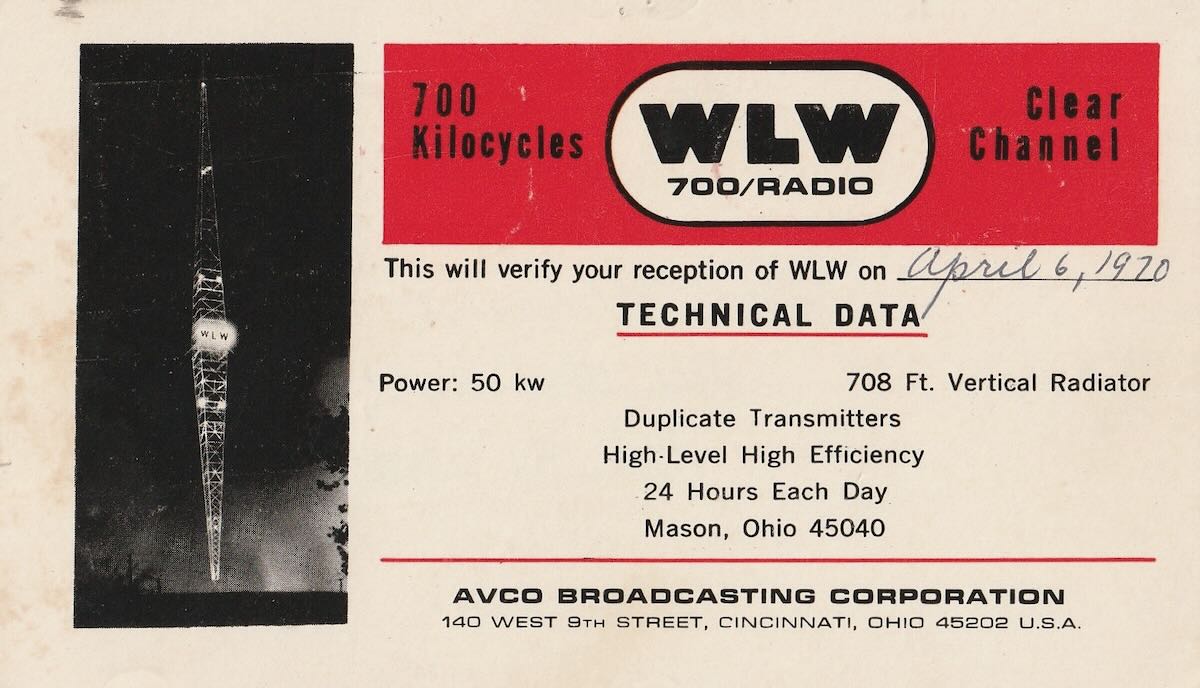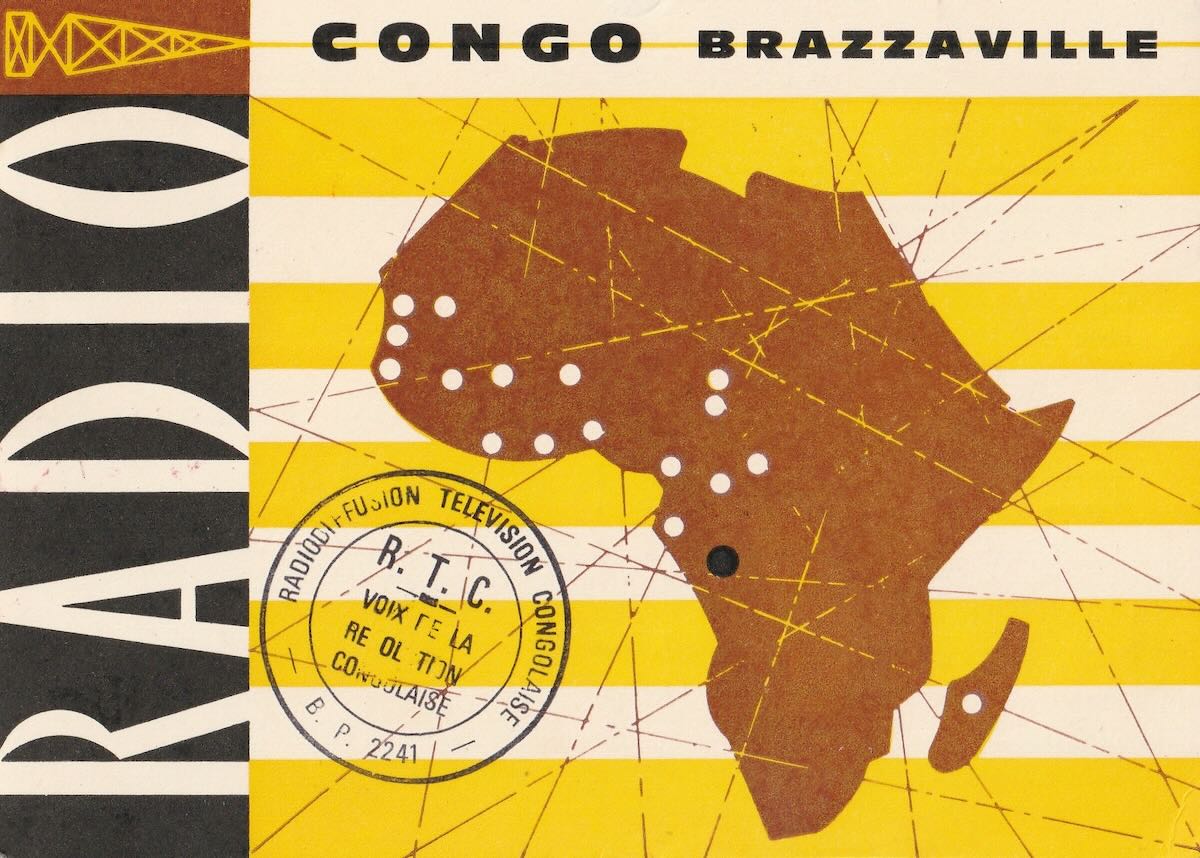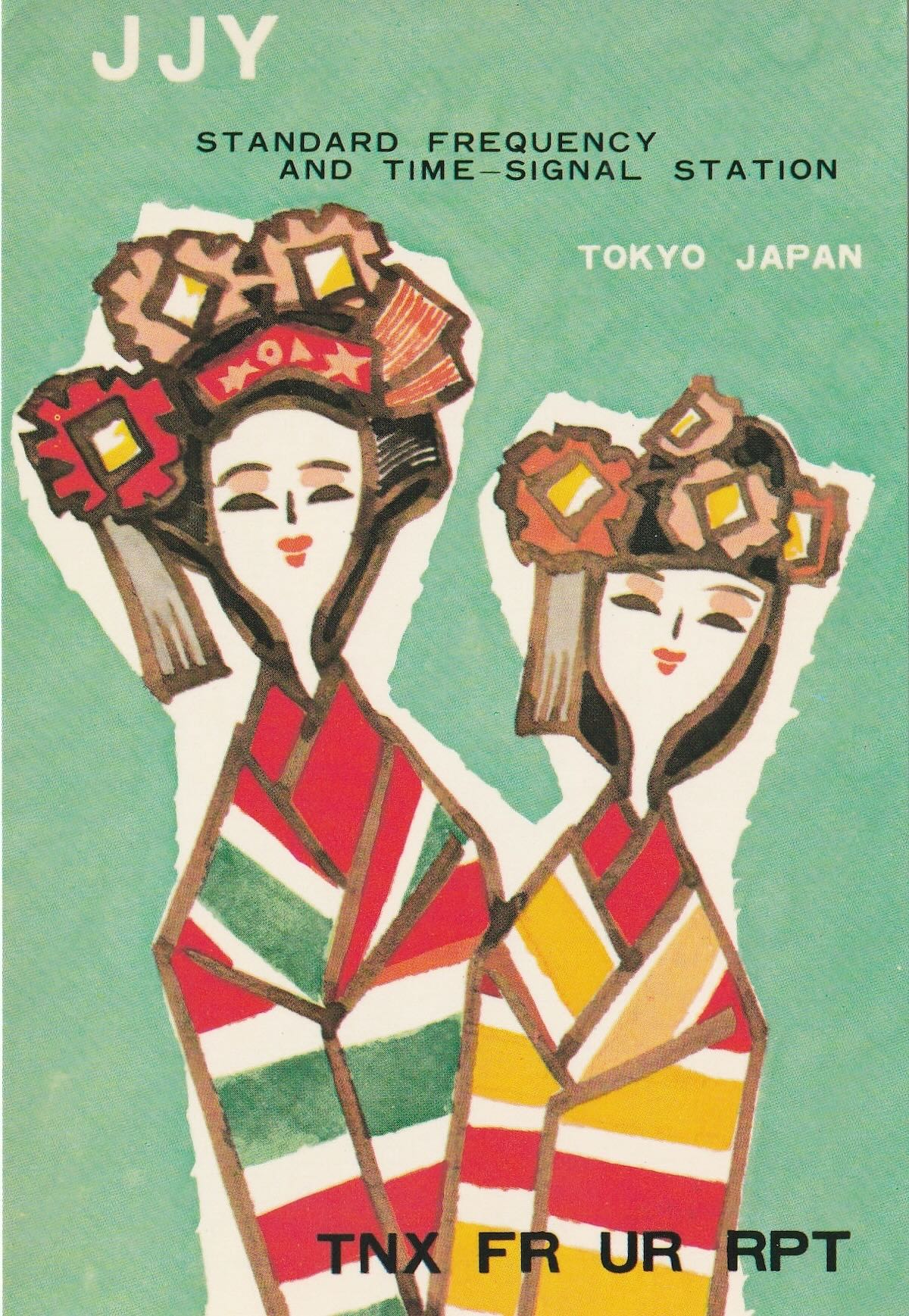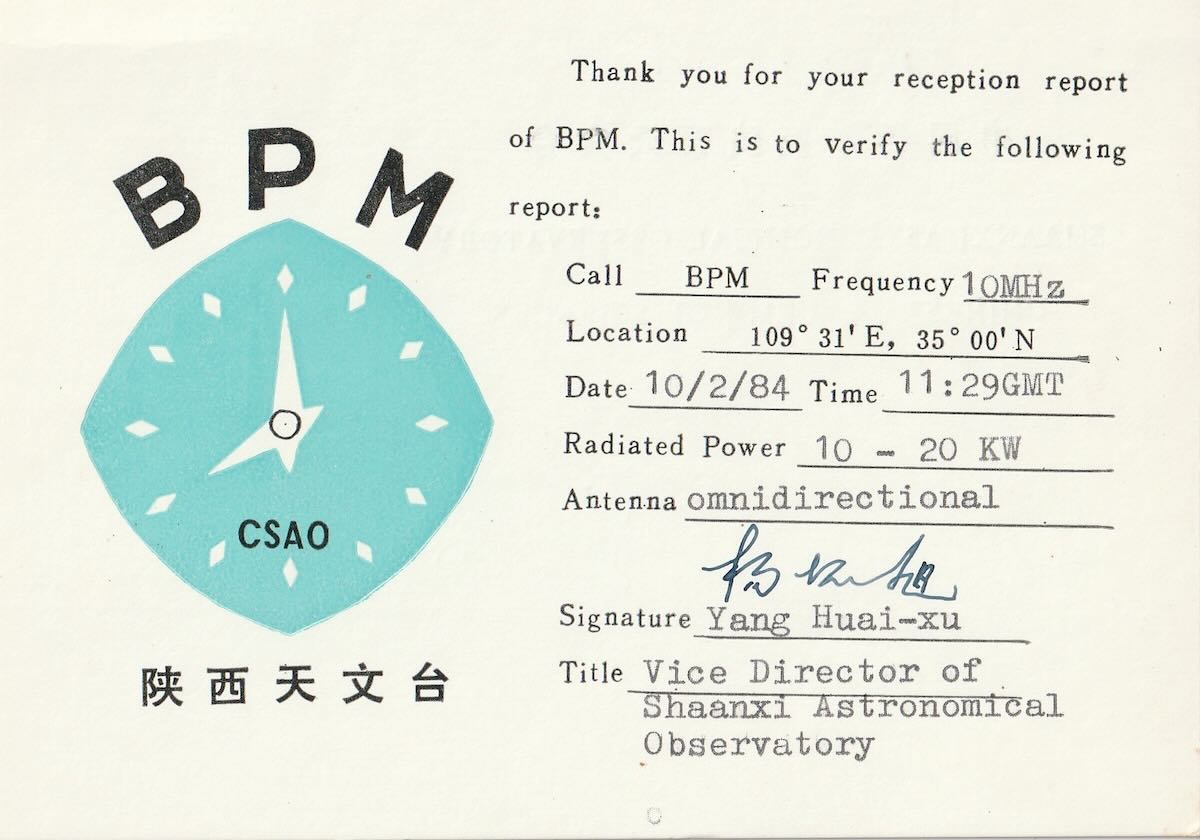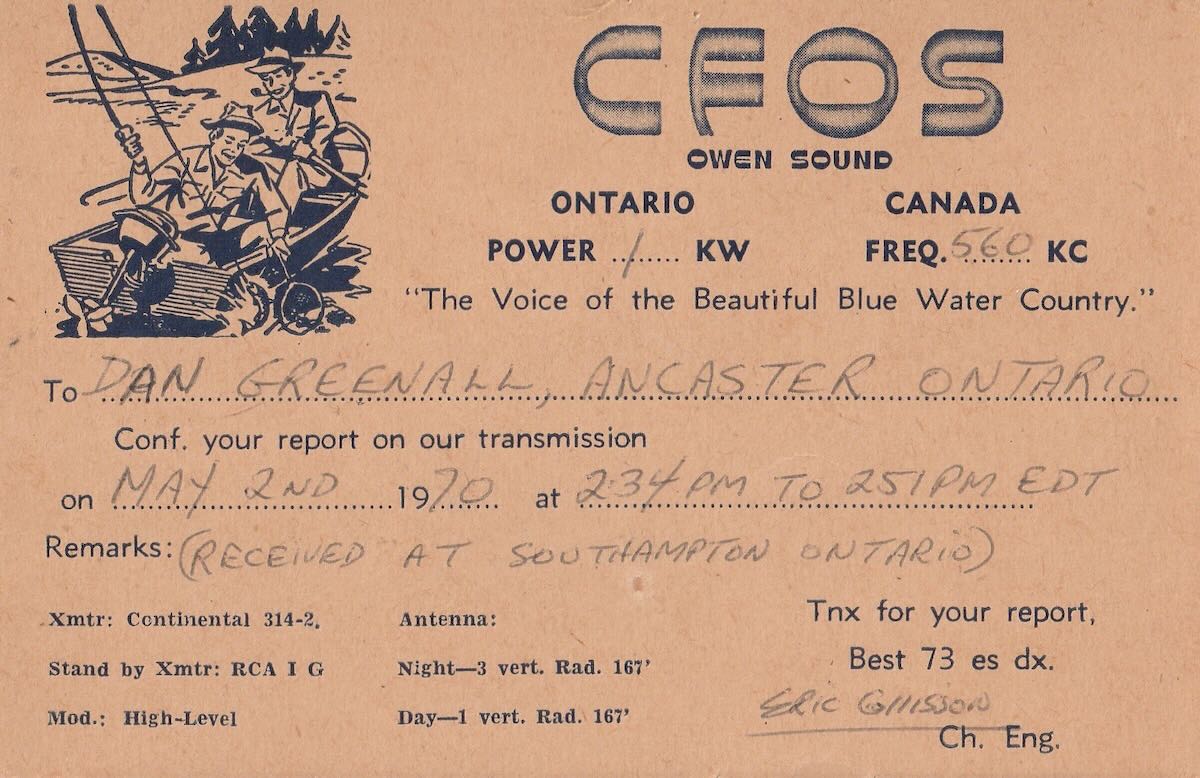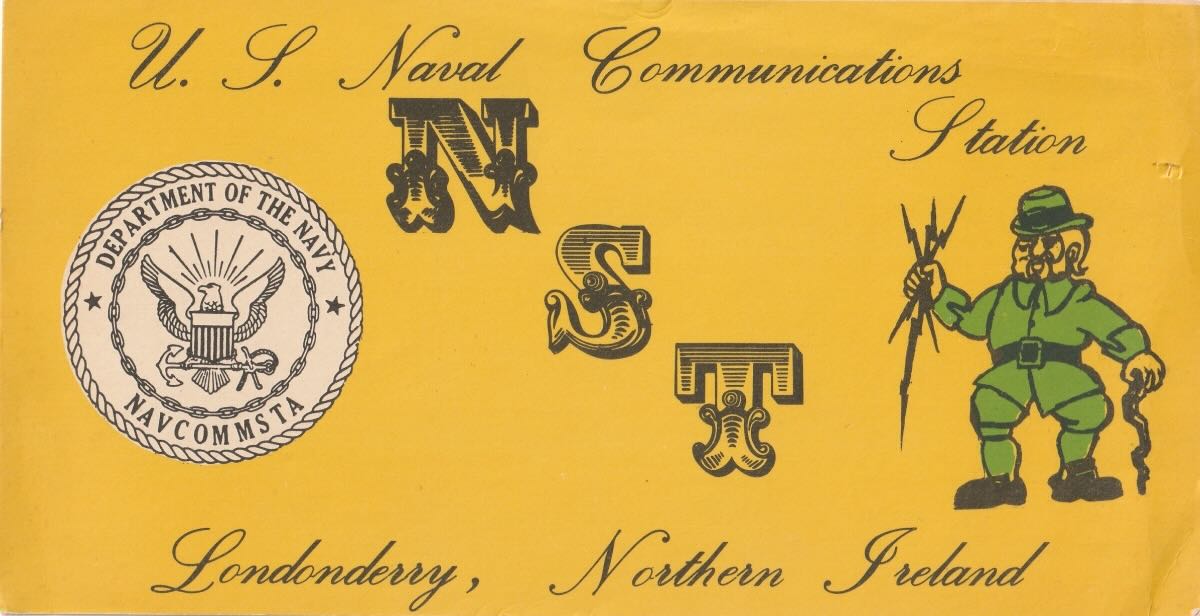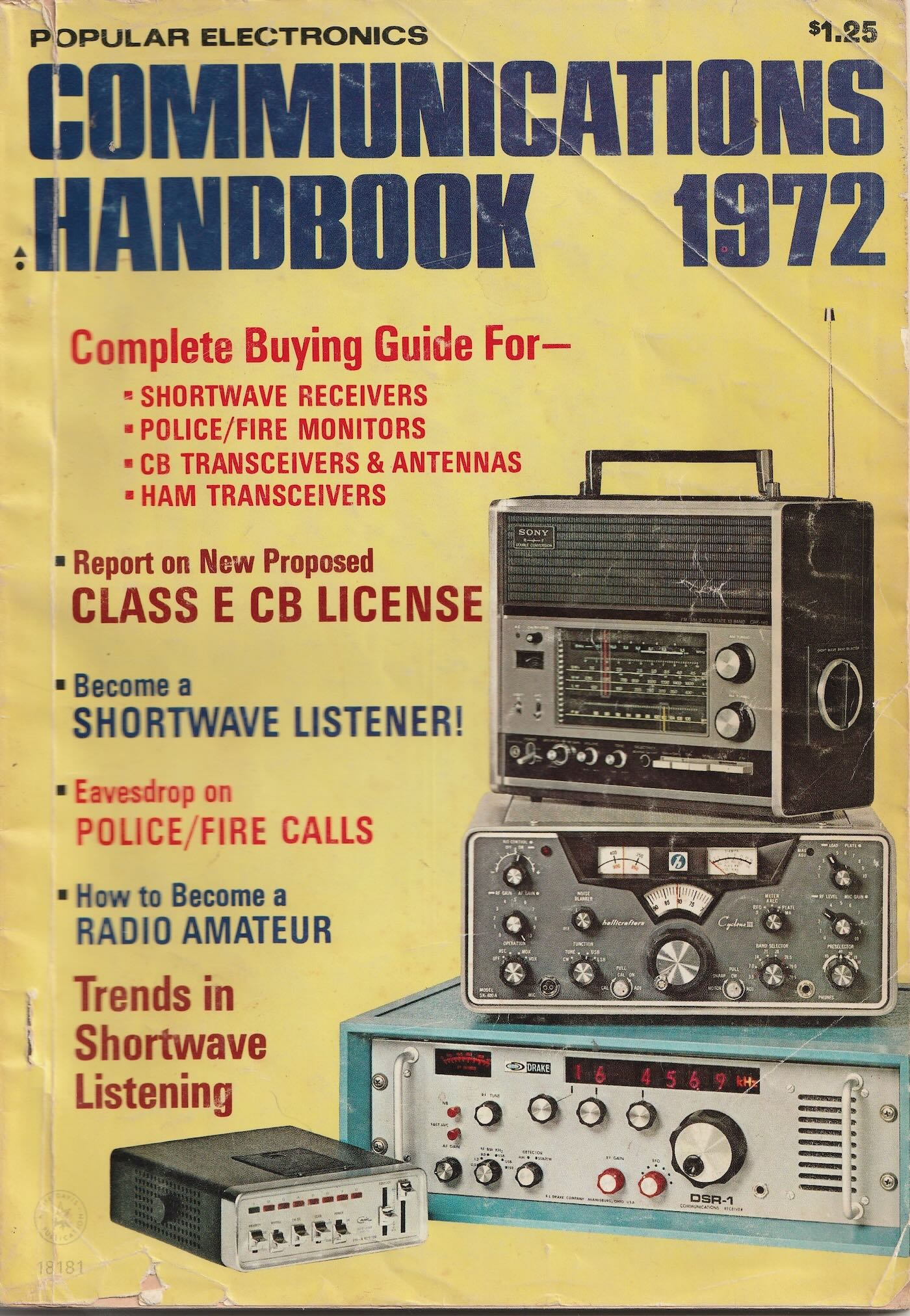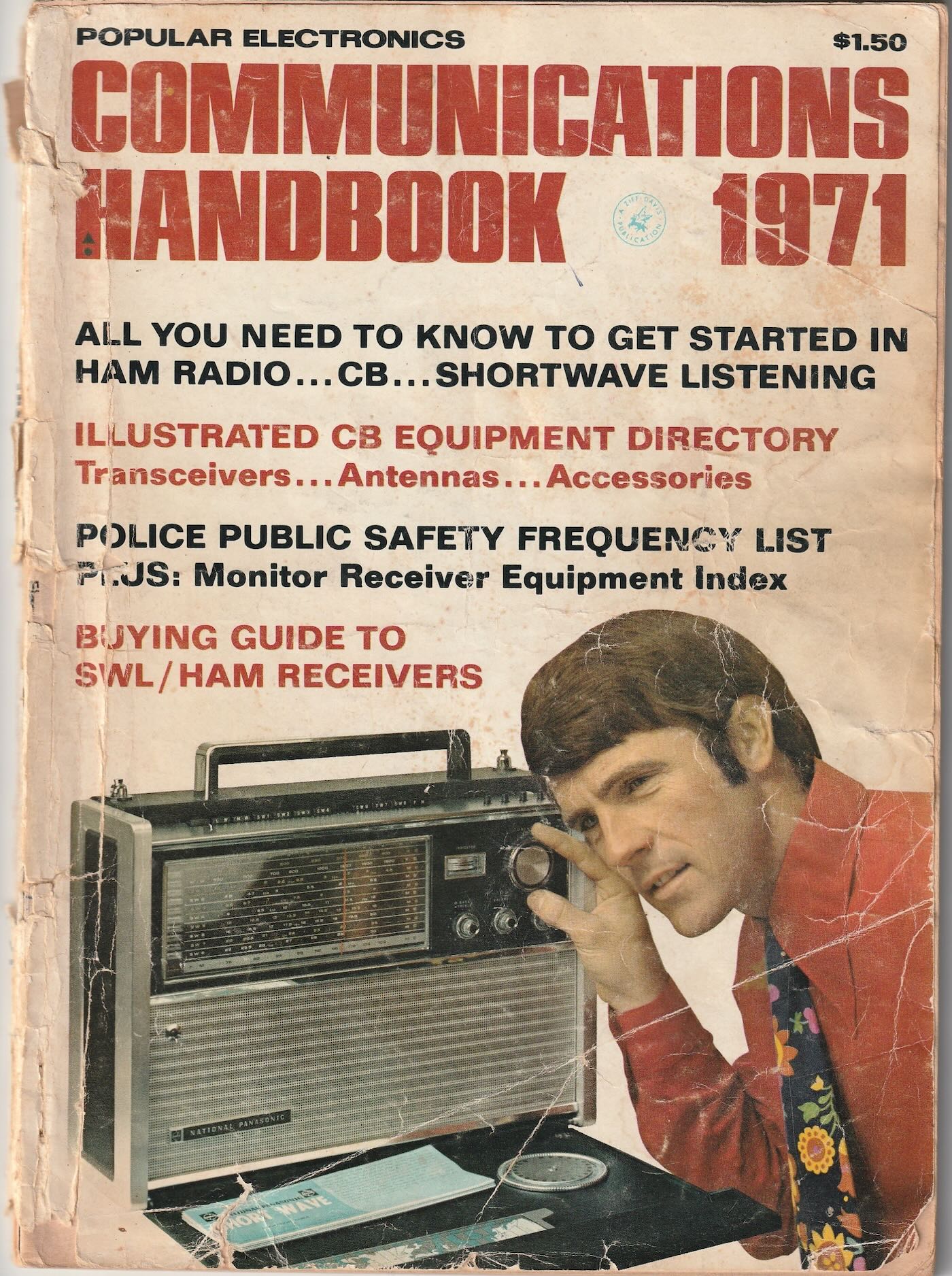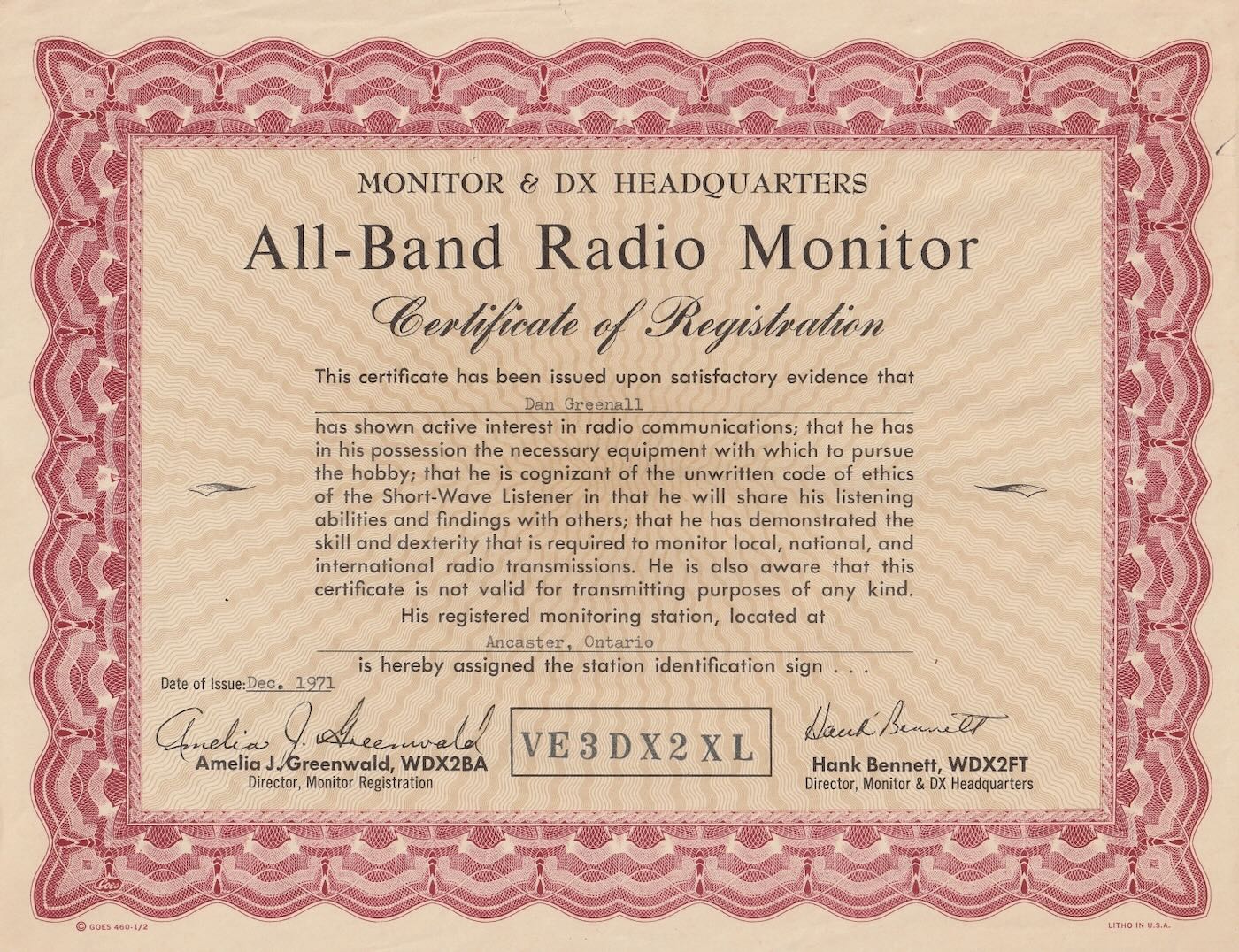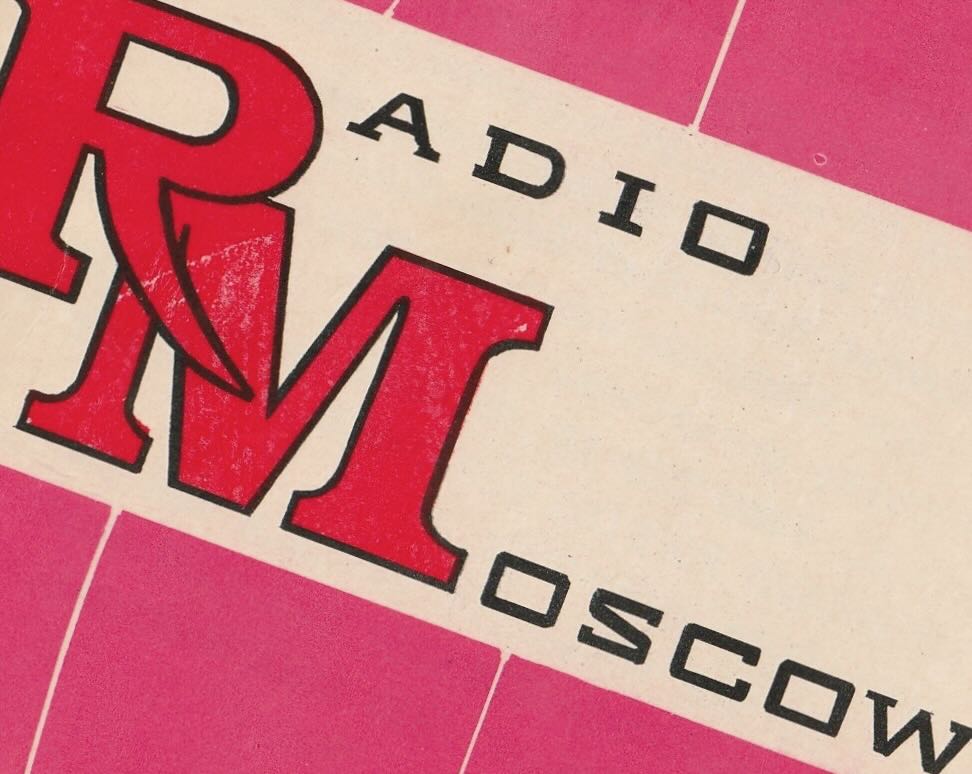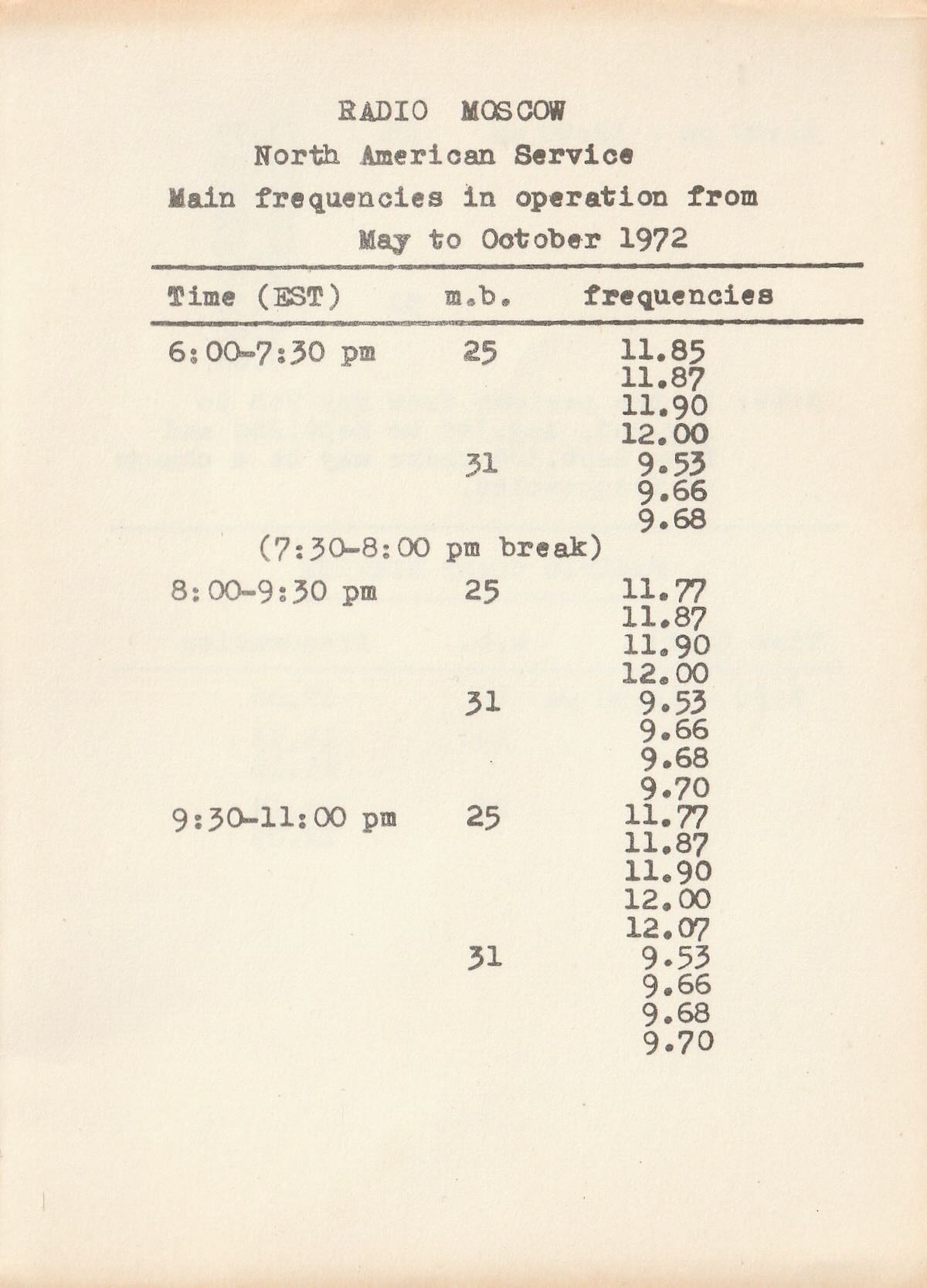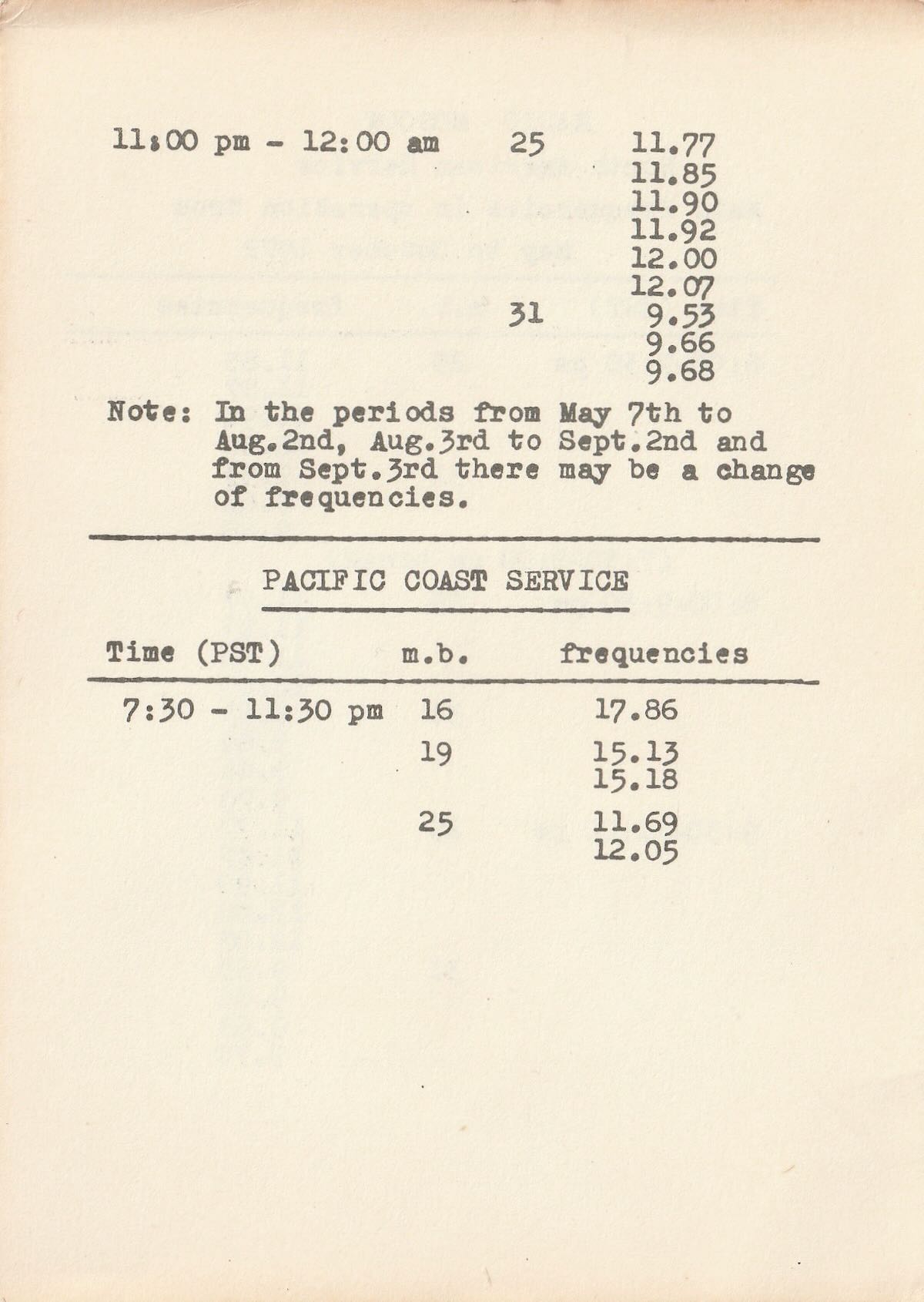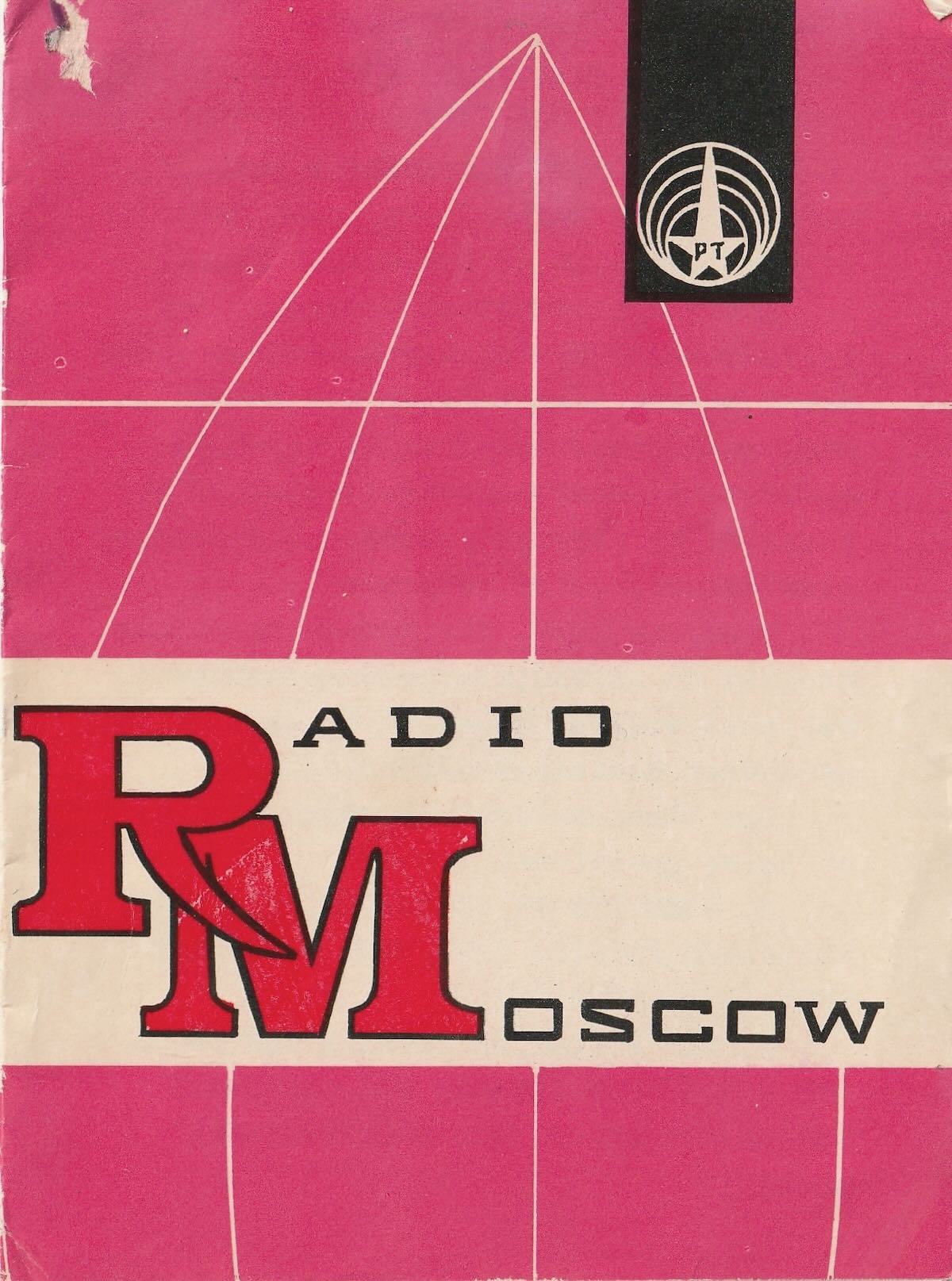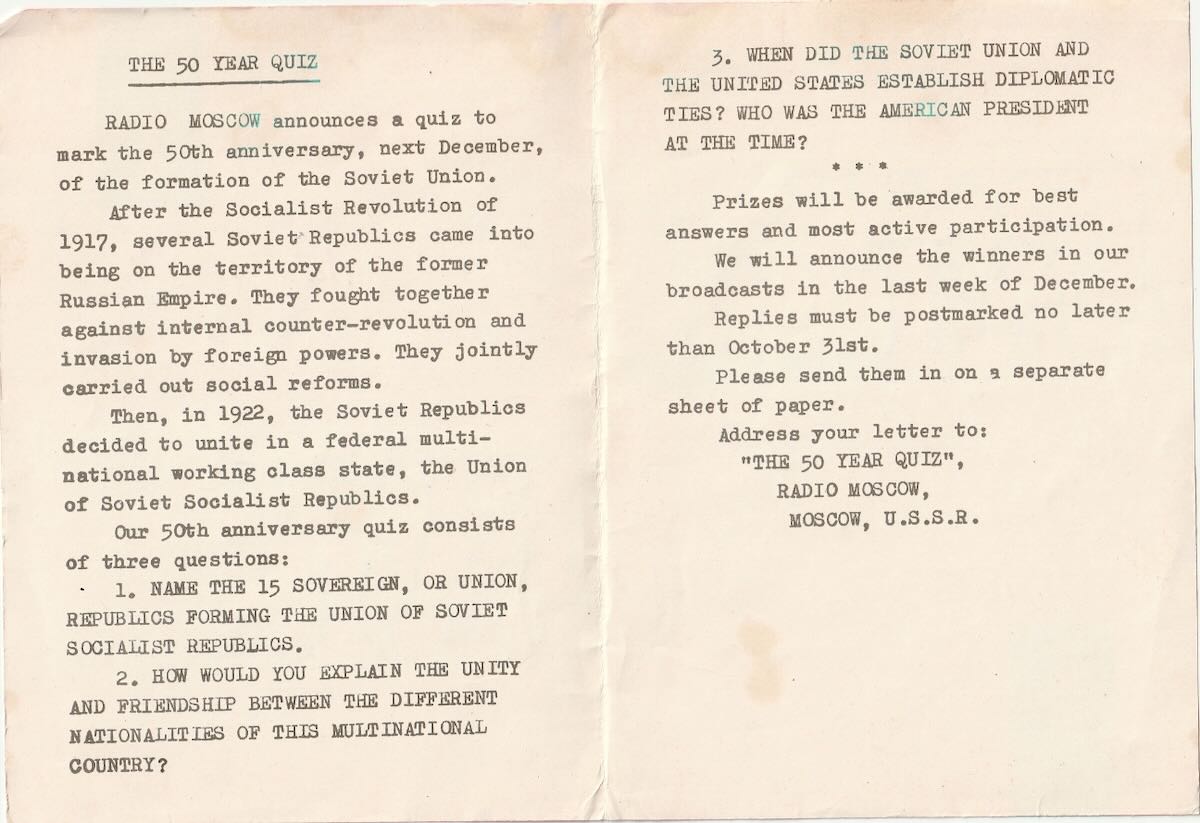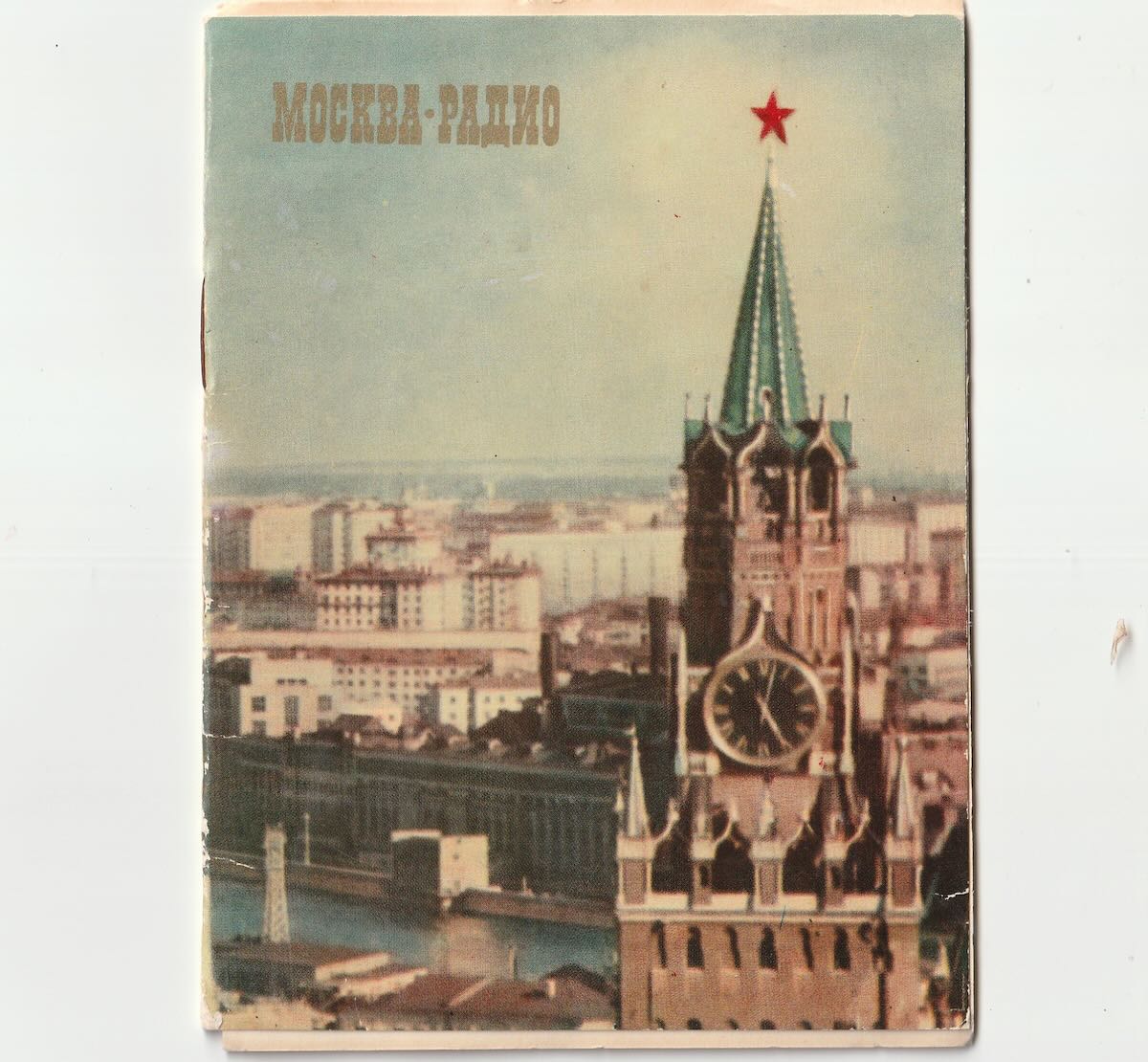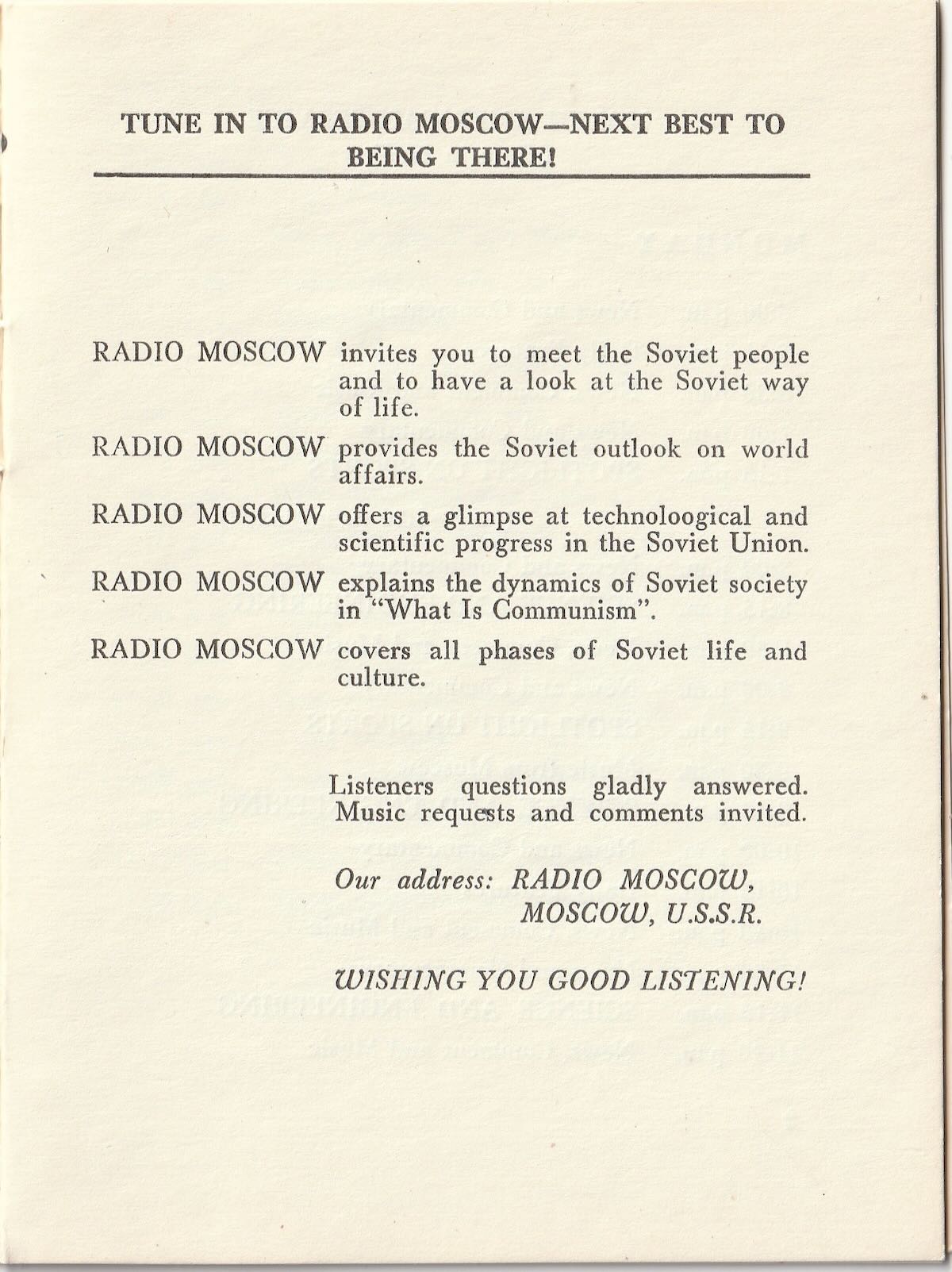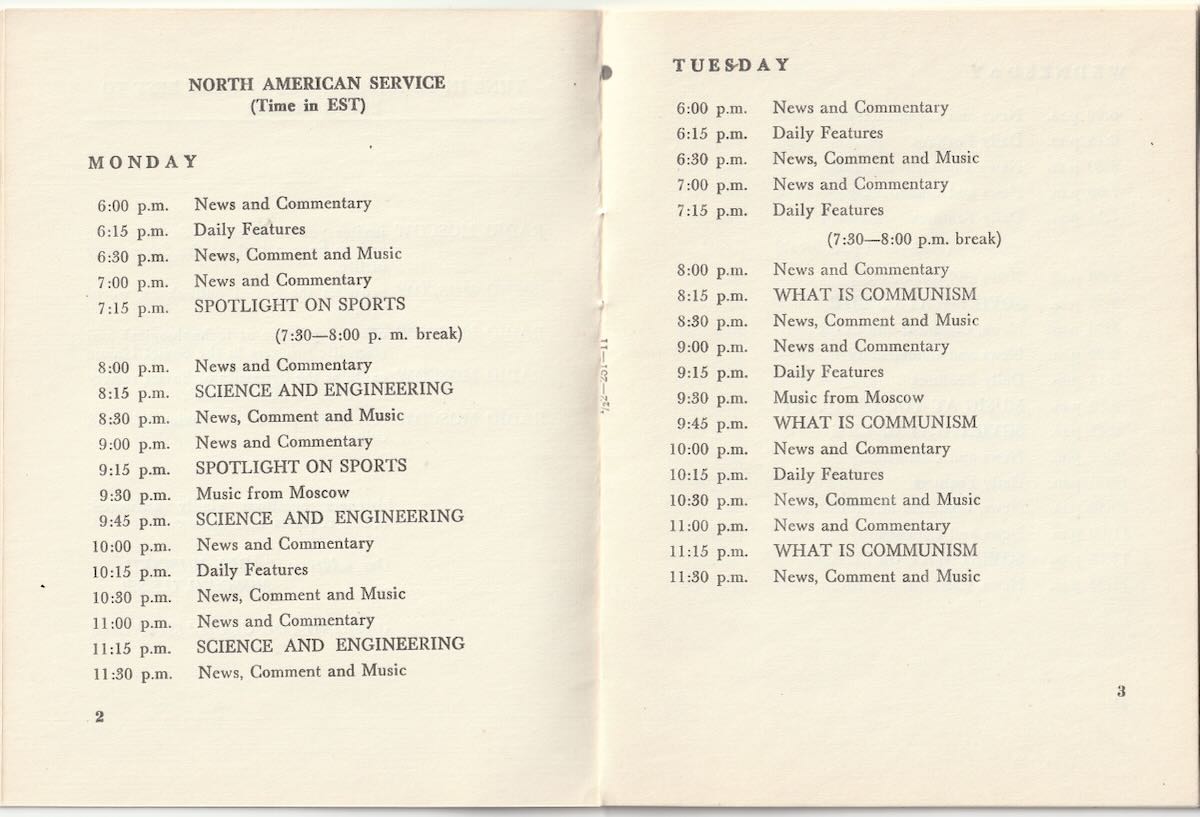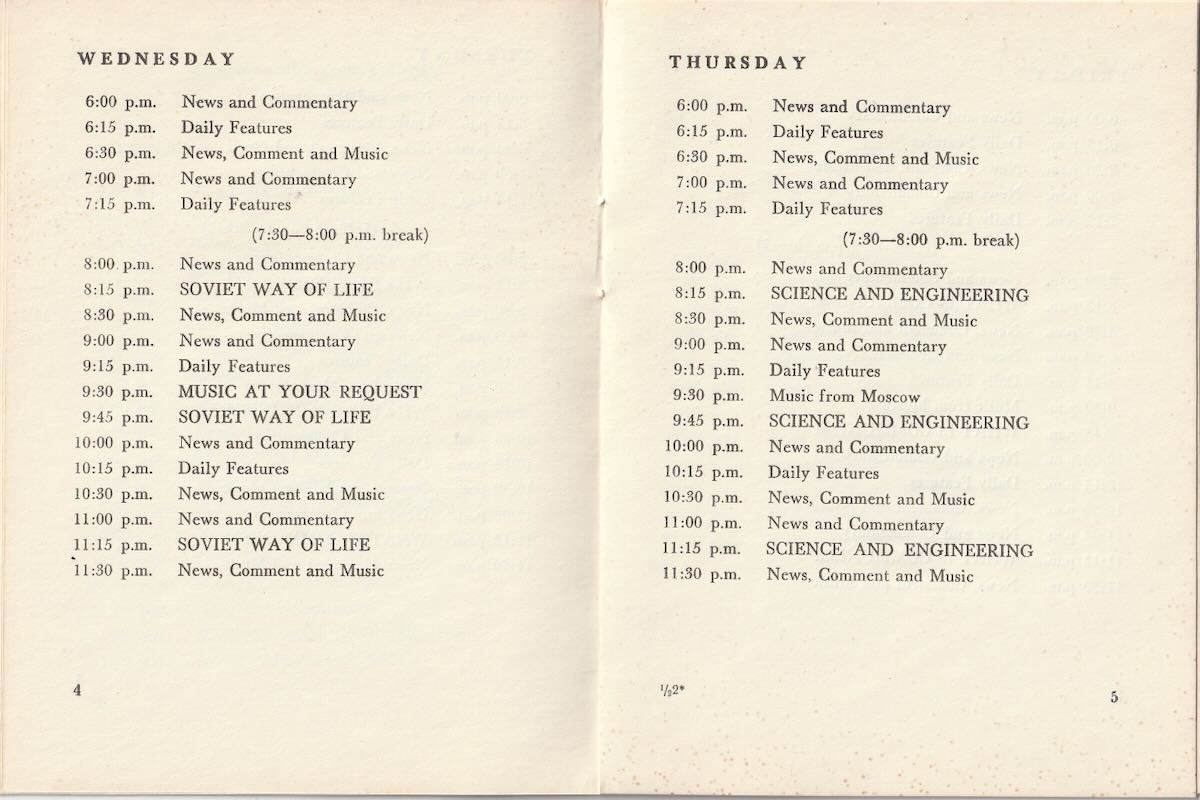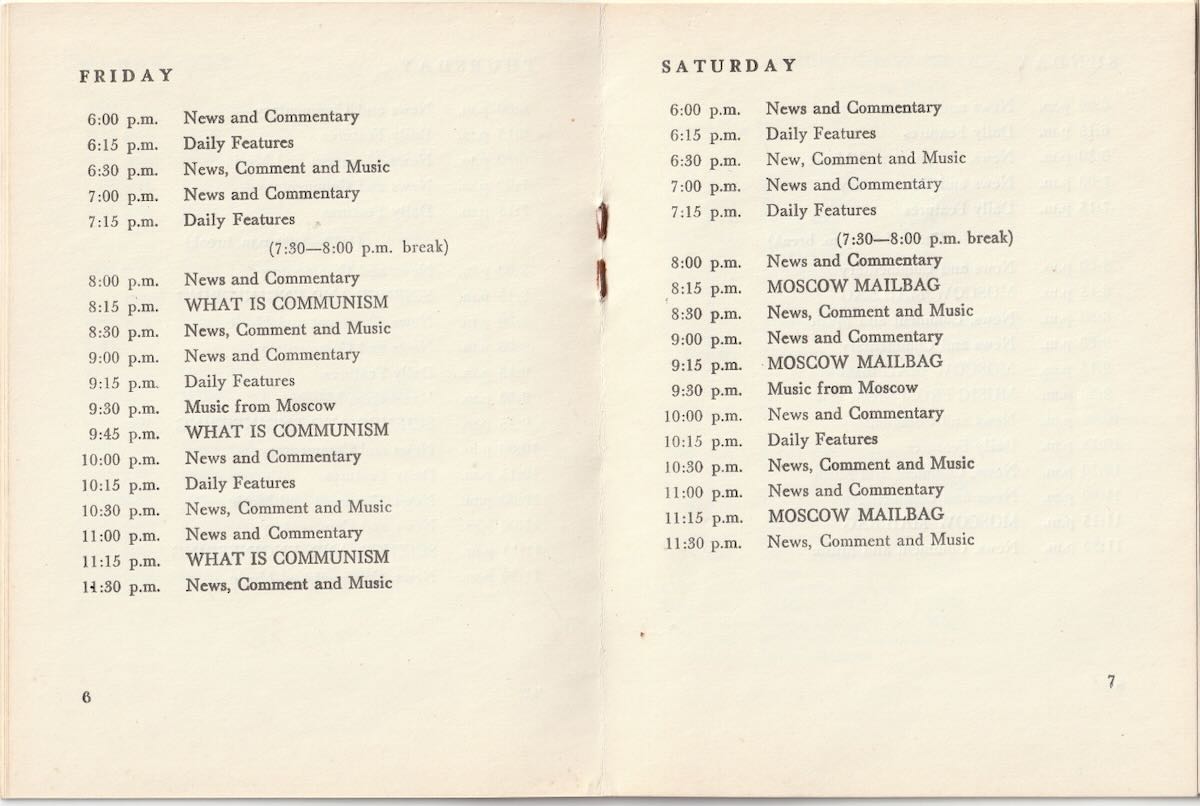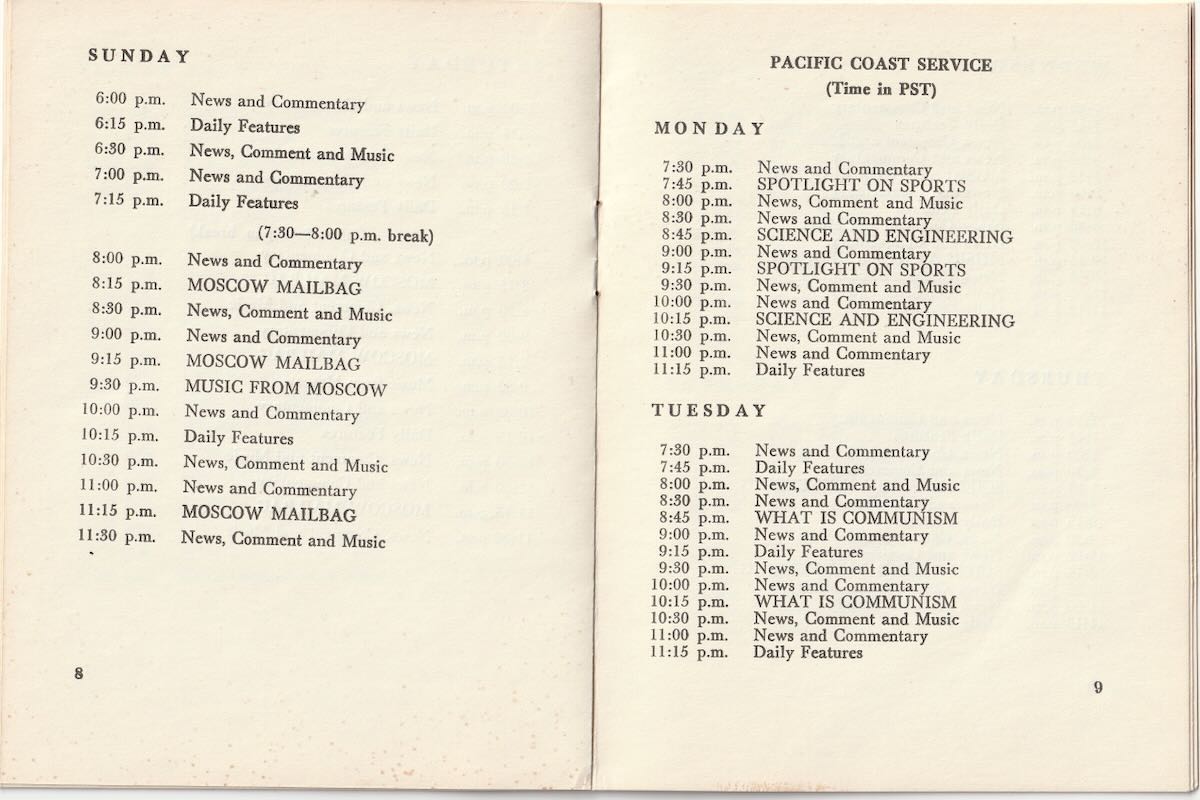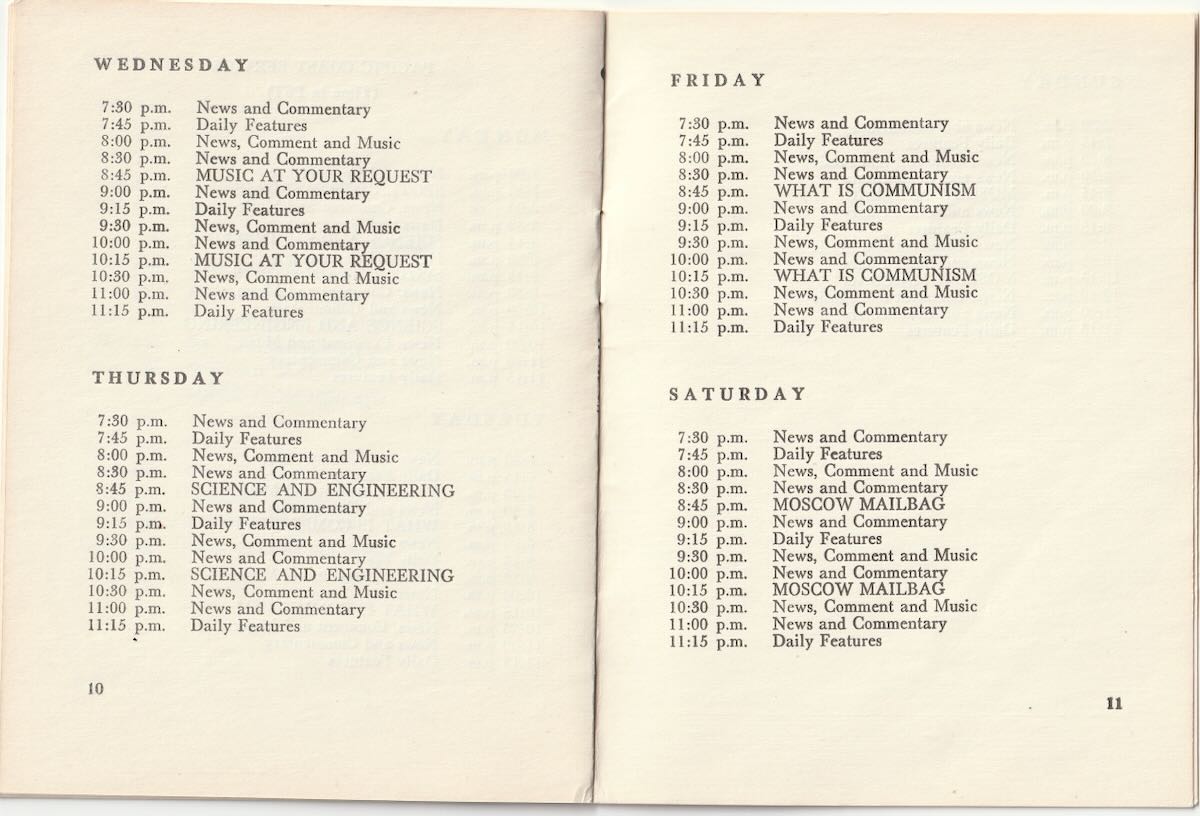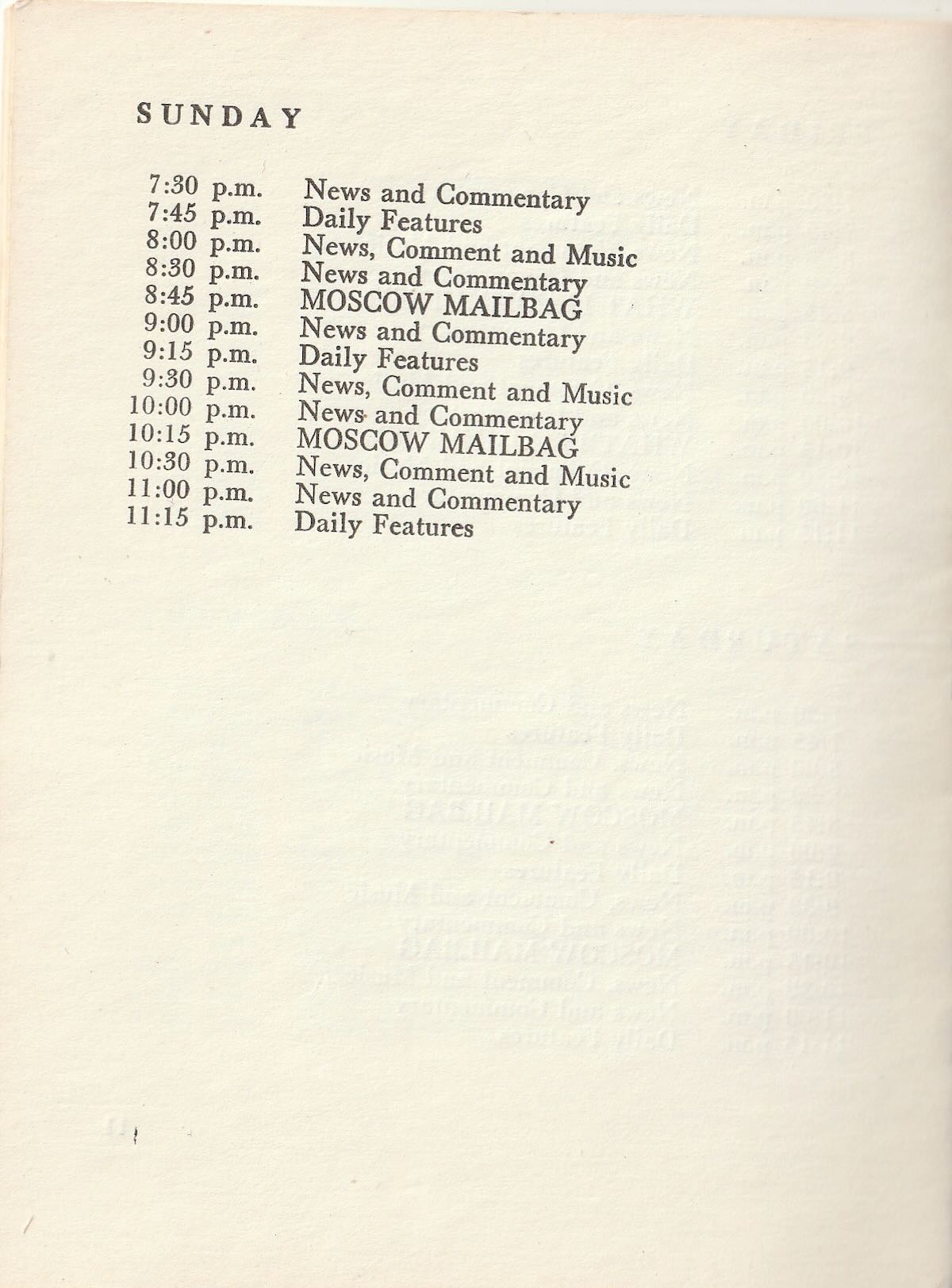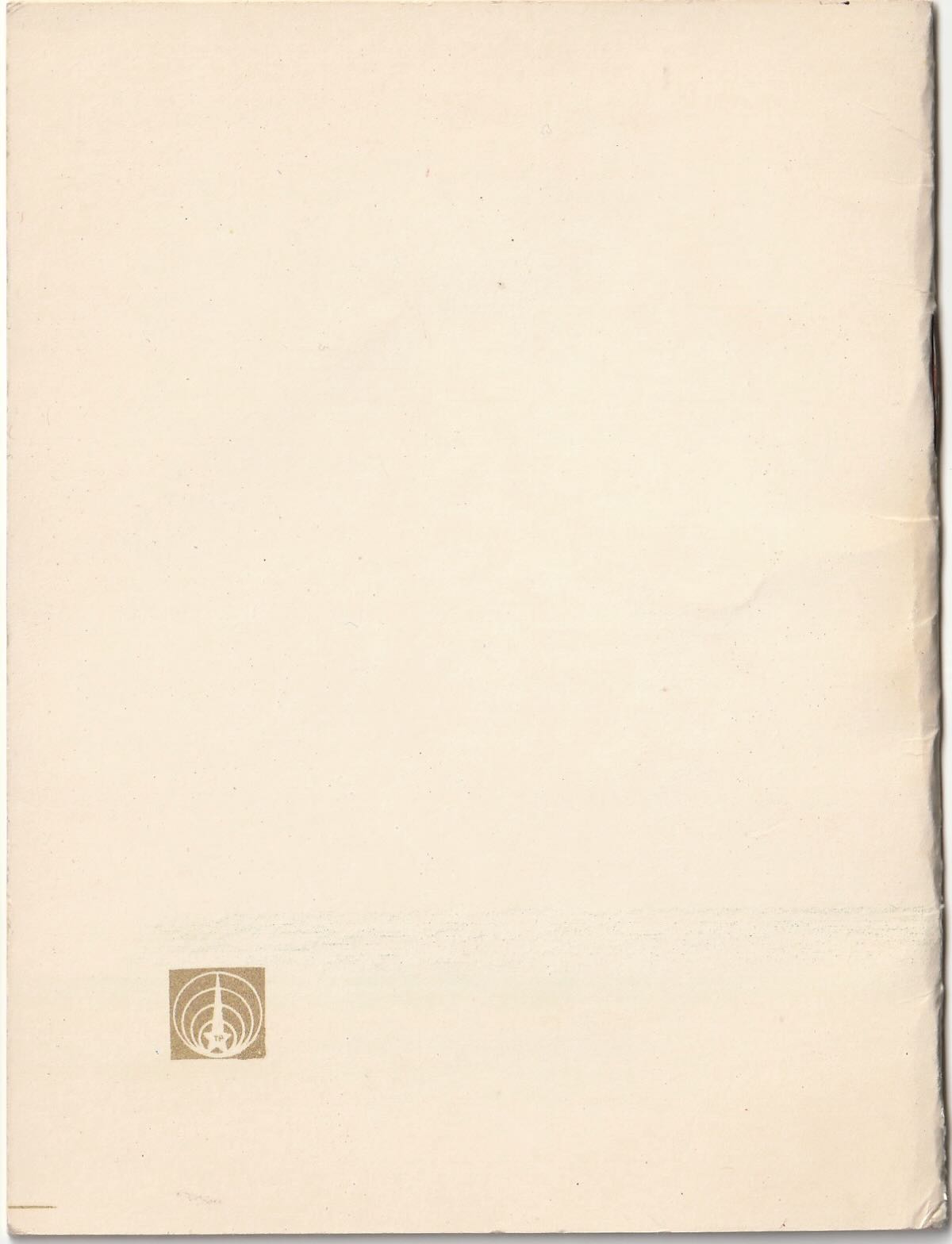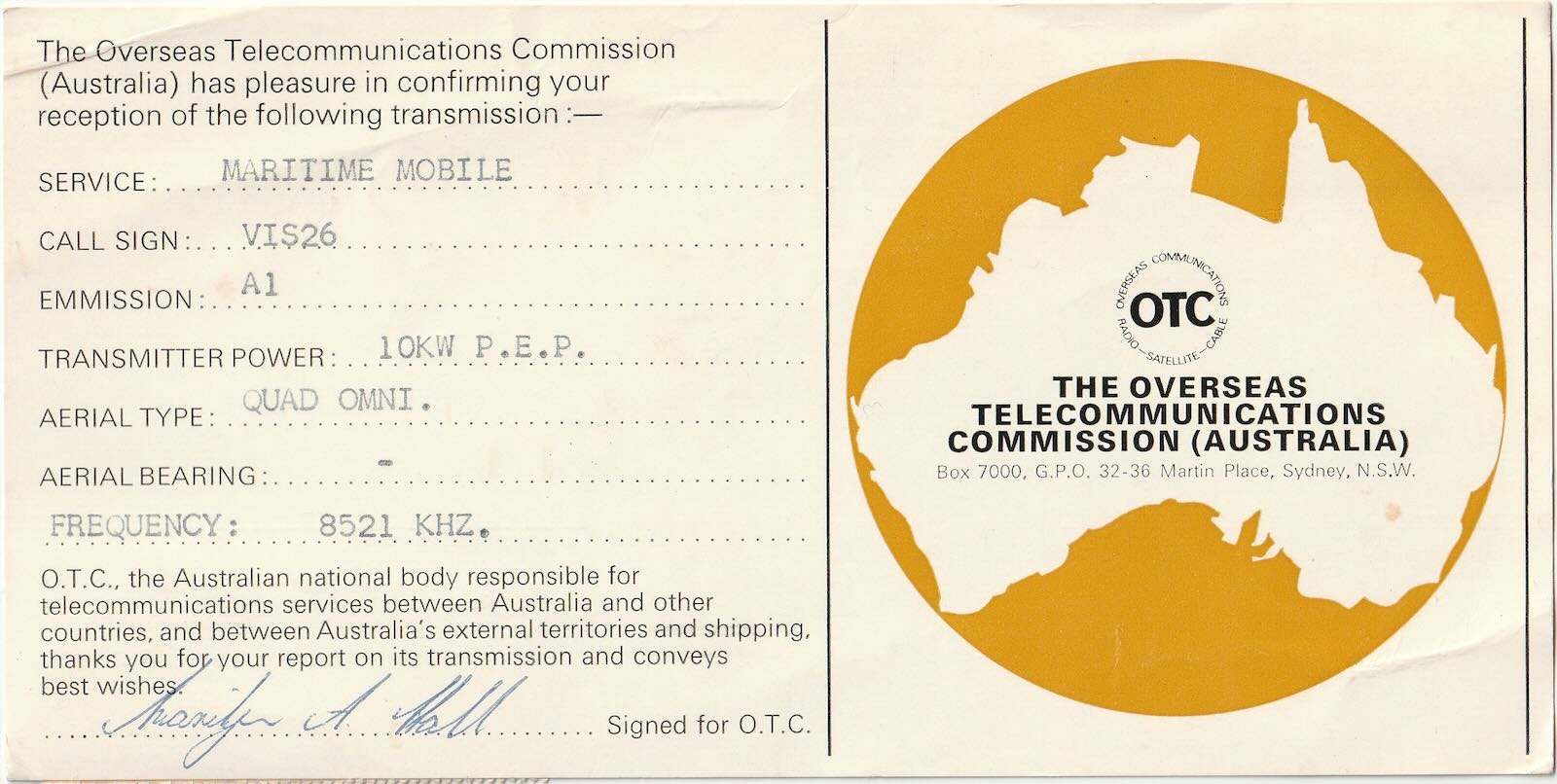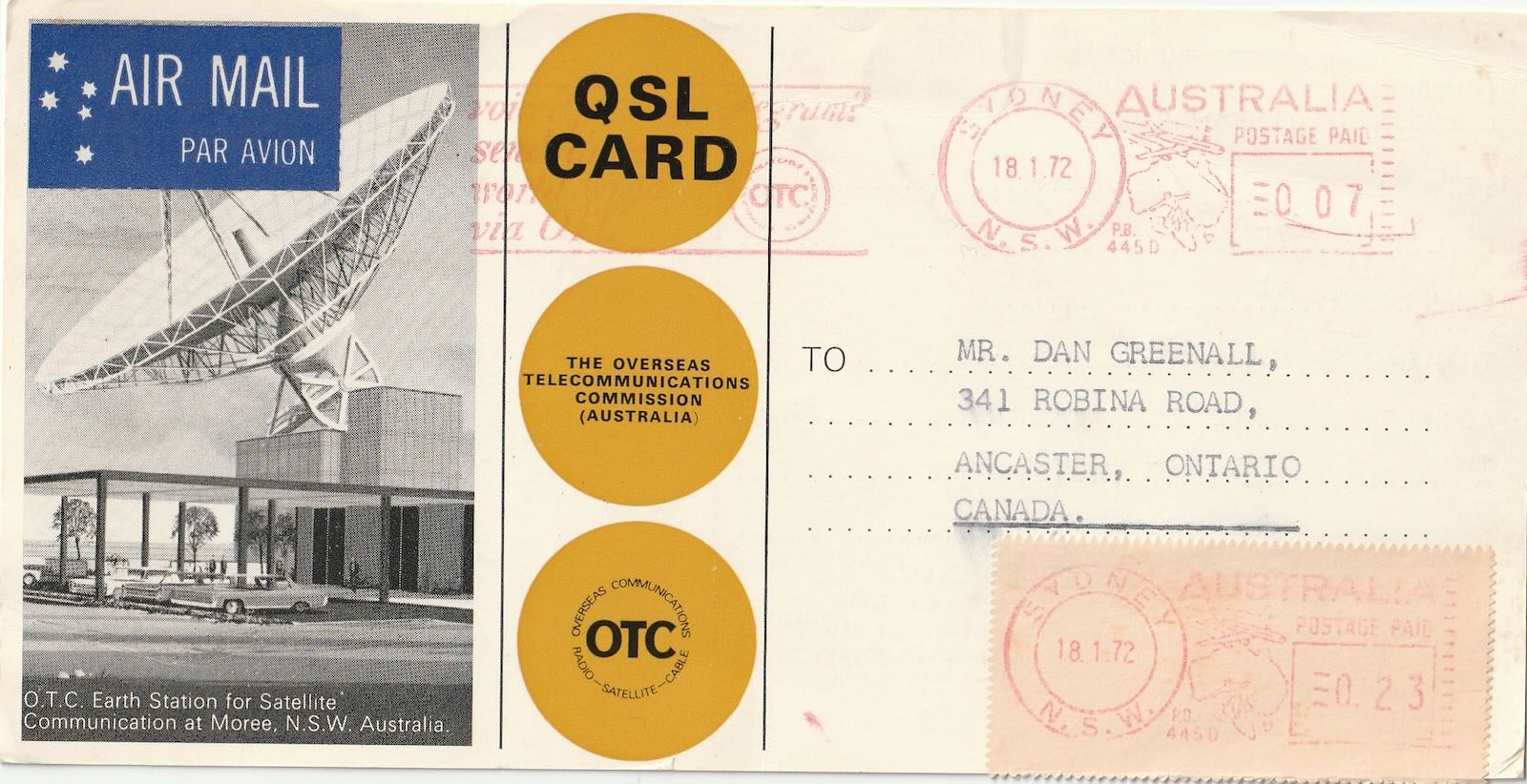Many thanks to SWLing Post and SRAA contributor, Dan Greenall, who shares the following guest post:
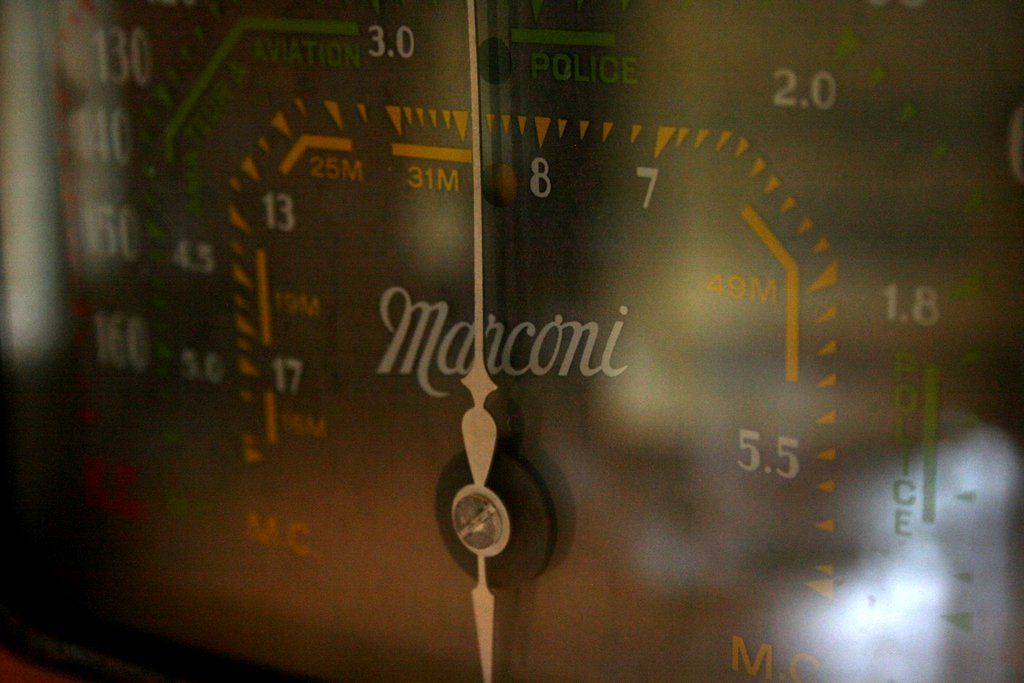
THE DAY YOU HAD TO PAY: Radio Receiving Licences in Canada
by Dan Greenall
MANY of us who are licensed [Canadian] amateurs can appreciate the fact that we are no longer subject to an annual licence renewal fee. As of April 1, 2000, that practice was discontinued by Industry Canada as a new streamlined authorization procedure was put in place for the amateur radio service. This came as a pleasant surprise to many who were paying $24 per annum per licence up until that point.
What many of us may not realize is that, prior to 1953, Canada had a licensing system in place for your radio receiver. Under the Radiotelegraph Act of 1913, a government minister (for most of this period, the Minister of Marine and Fisheries) had the power to license radio broadcasting stations and to charge a $1 licence fee on each receiving set. By 1929 three hundred thousand licenses were bought at $1.00 each.
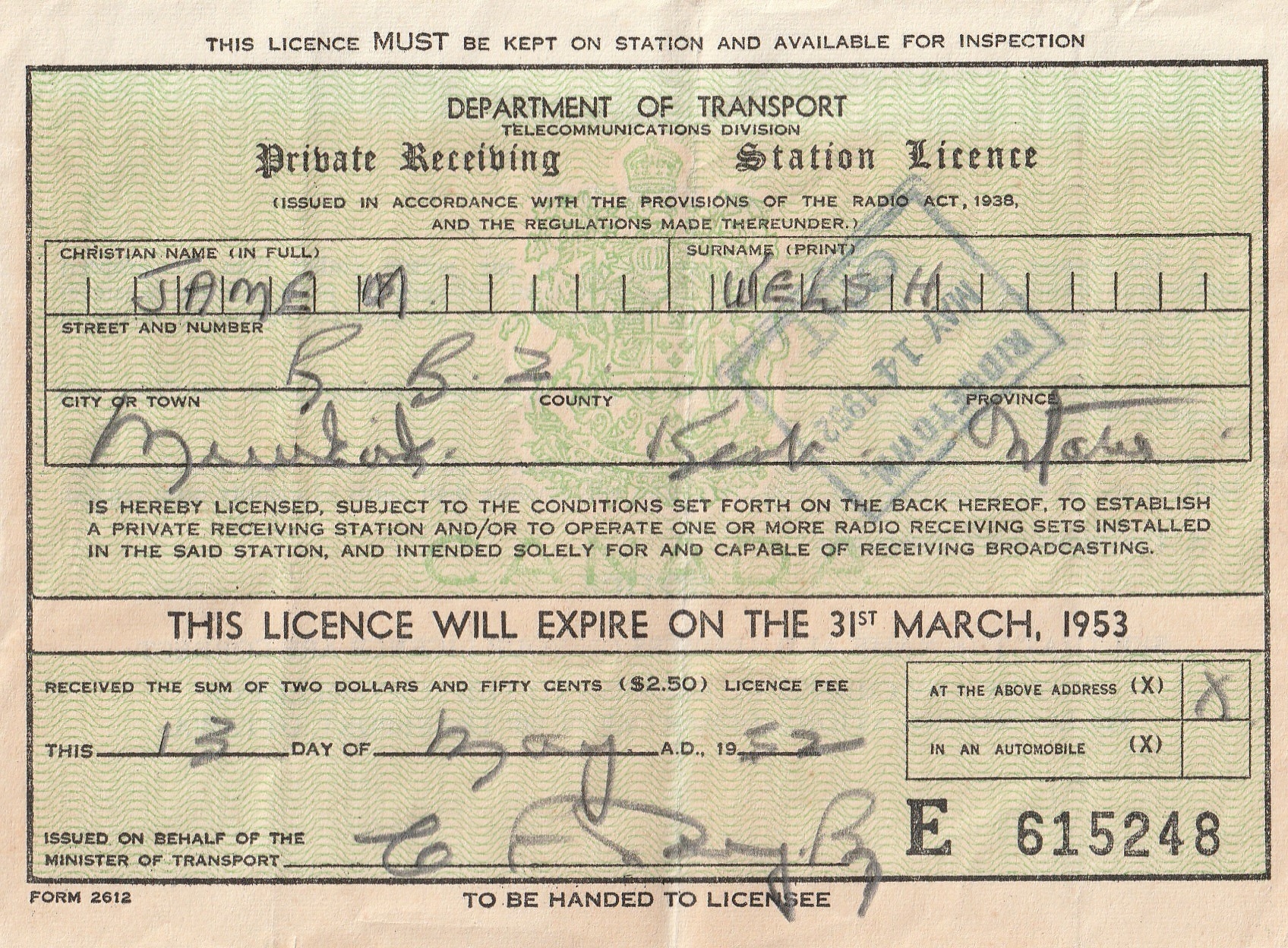
An article appearing on the Friends of Canadian Broad- casting website a few years ago stated that the annual licence fee for receiving sets doubled to $2.00 in 1930. It was also noted that this was a lot of money during the Depression days that followed and two bucks could buy more than 40 loaves of bread. As a result, so the story goes, “harassed citizens” would try to outwit approaching government collectors by passing word along in time for their neighbours to shut off their radios and lock their doors.
 During much of this period, radios that were made in Canada bore a “Warning” sticker such as the one in the accompanying photo. It stated that anyone convicted of operating the receiving set without first having obtained the proper licence could be liable to be fined for up to $25 and have their equipment confiscated. As noted in the book Radios of Canada by Lloyd Swackhammer, the penalty in 1924 was $50.
During much of this period, radios that were made in Canada bore a “Warning” sticker such as the one in the accompanying photo. It stated that anyone convicted of operating the receiving set without first having obtained the proper licence could be liable to be fined for up to $25 and have their equipment confiscated. As noted in the book Radios of Canada by Lloyd Swackhammer, the penalty in 1924 was $50.

As you can see from the attached copies, such licences were being issued by the Department of Marine Radio Branch in 1936. In 1937, it was the responsibility of the Department of Transport – Radio Division.
Then in 1938, the DOT upped the fee to $2.50. It was another 15 years until this practice was finally abandoned.
So the next time you sit back and flip on the switch of your receiver, you might now have a greater appreciation of a privilege that most of us now take for granted.



